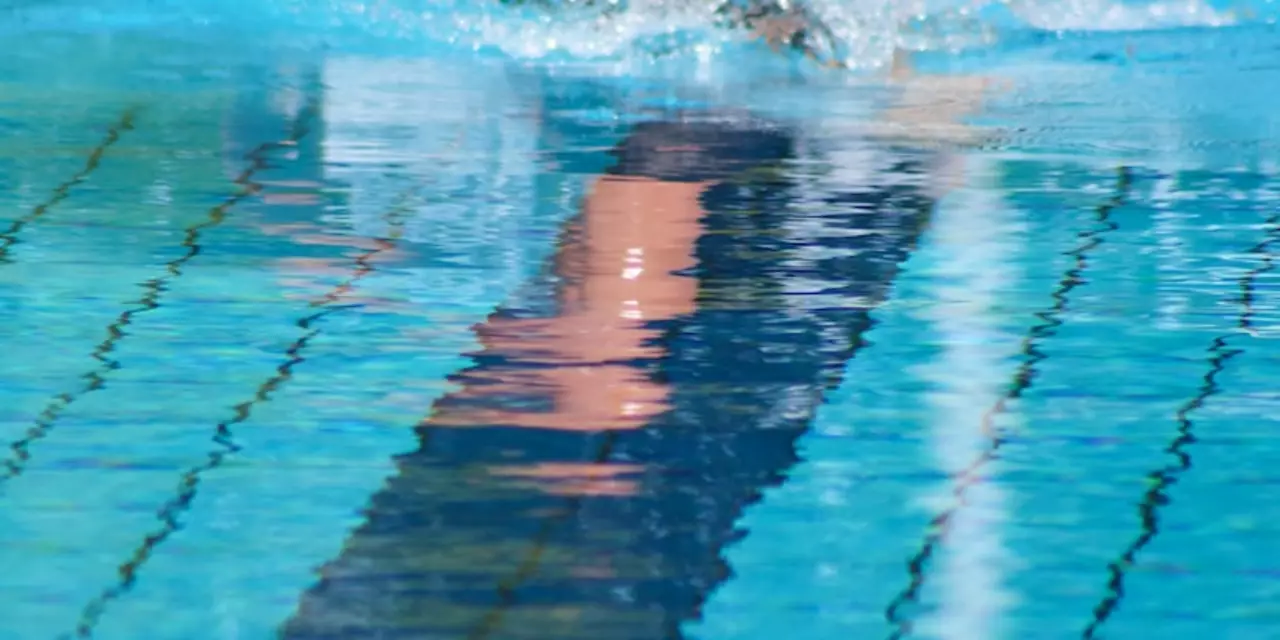Start Your Swimming Journey – Simple Tips to Get You Moving
Thinking about learning to swim or getting back in the water after a break? You don’t need fancy gear or a coach to begin. All you need is a pool, a willingness to try, and a few practical pointers. Let’s break down the basics so you can feel confident the first time you dip a toe.
Why Start Swimming?
Swimming attacks every major muscle group without pounding your joints. That means better cardio, stronger core, and a healthier heart while you stay injury‑free. Plus, it’s a life skill – knowing how to float and tread can protect you in emergencies. Most people also find the water calming; the rhythmic breathing helps melt stress faster than a jog on a hot day.
If you’re looking for a low‑impact workout that still burns calories, swimming tops the list. A 30‑minute session can torch roughly 250‑300 calories, depending on intensity. And because you’re moving in three dimensions, you develop balance and coordination that translate to everyday activities.
How to Begin Safely
Start with a quick water‑confidence drill: walk in the shallow end, feel the buoyancy, and practice blowing bubbles. This simple act teaches you breath control and eases any anxiety about water pressure.
Next, pick a short, repeatable stroke – most beginners favour the front crawl (freestyle) because it’s efficient and easy to learn. Focus on two key parts: a relaxed kick from the hips and a smooth arm pull that ends near your thigh. Keep your head low, turn it to the side to breathe, and avoid lifting it too high – that’s a common mistake that creates drag.
Set a realistic goal for your first week: three 20‑minute sessions, each with a 5‑minute warm‑up, a 10‑minute core swim, and a 5‑minute cool‑down. Warm‑up could be gentle splashing or light walking in the water; cool‑down is simply floating or slow kicking.
Don’t forget gear. A well‑fitting swimsuit, goggles that seal without leaking, and a swim cap if you have long hair are enough. You don’t need fancy fins or paddles right away – those tools are great for later stages when you want to boost power.
Safety tip: always swim where a lifeguard is present, especially in the beginning. If you feel tired, sit on the pool edge, rest, and resume when you’re ready. Listening to your body prevents cramps and builds stamina over time.
Track progress by timing a 25‑meter lap each session. You’ll notice small improvements in speed and breathing rhythm that keep motivation high. Celebrate each milestone – whether it’s swimming the whole length without stopping or mastering a new breathing technique.
Finally, make it enjoyable. Play your favorite playlist, bring a friend, or join a beginner’s class at the local pool. The more fun you have, the more likely you’ll stick with it and see lasting benefits.
Ready to take the plunge? Grab your goggles, head to the nearest pool, and try those simple steps today. You’ll be amazed how quickly confidence builds when you focus on steady, practical moves. Happy swimming!
